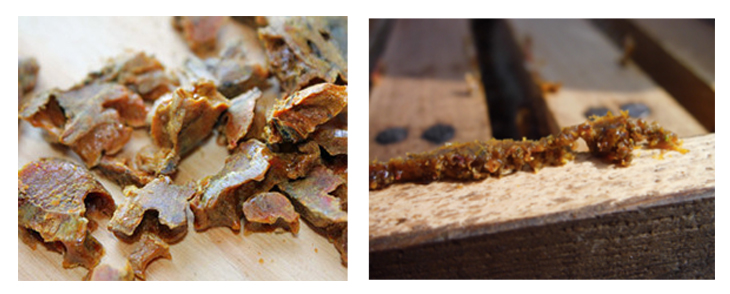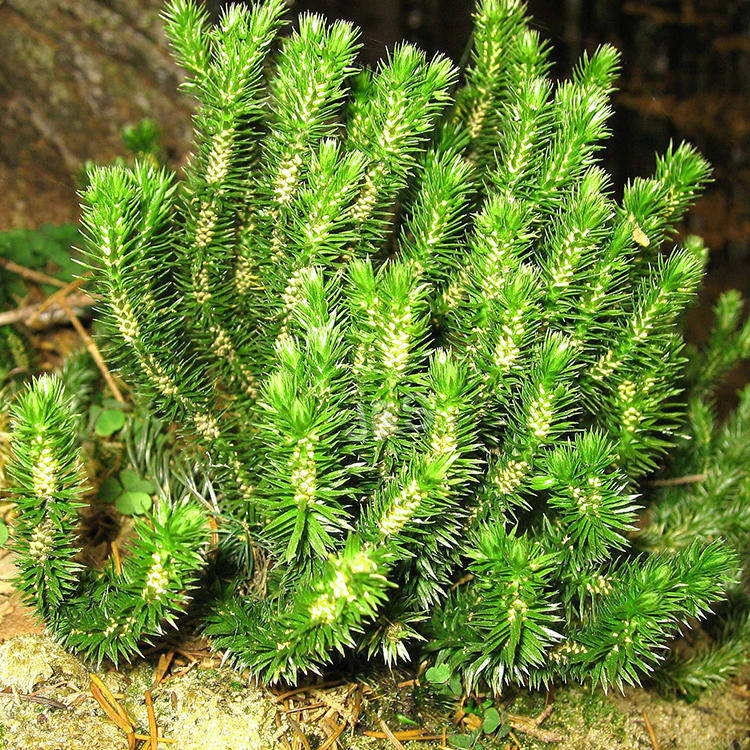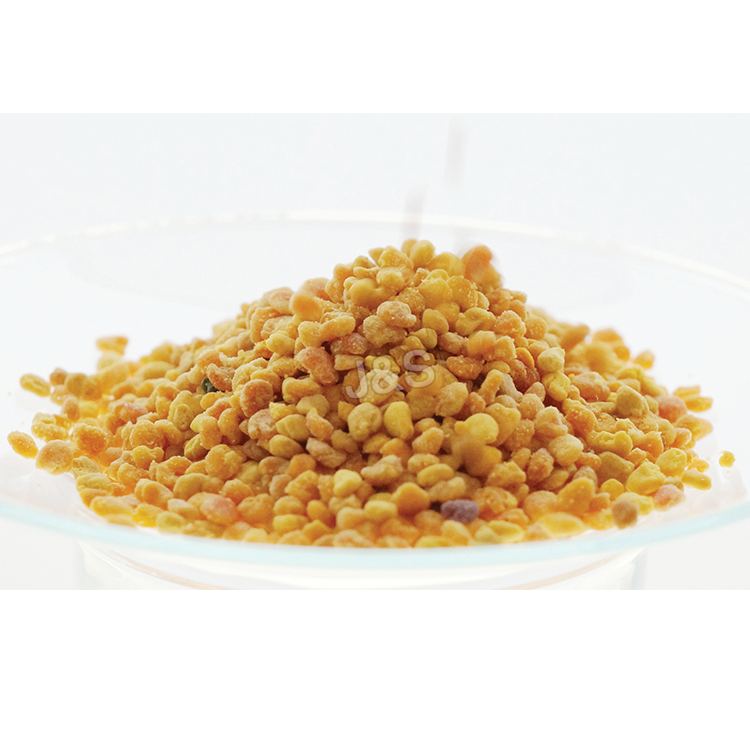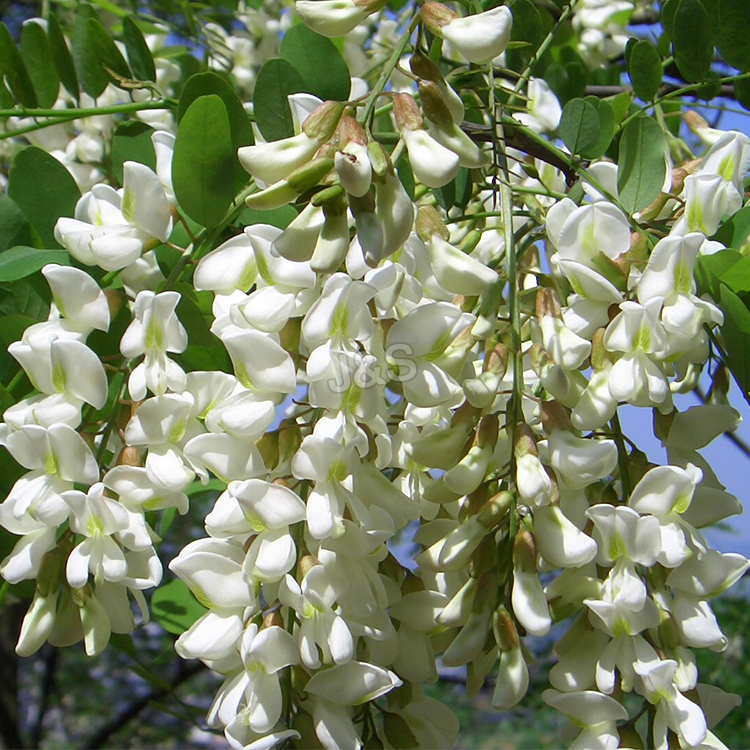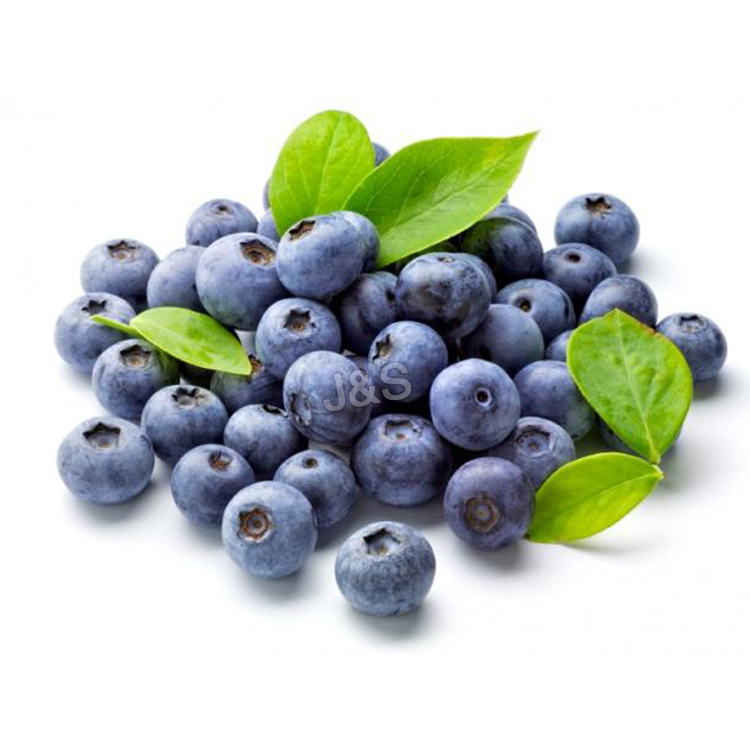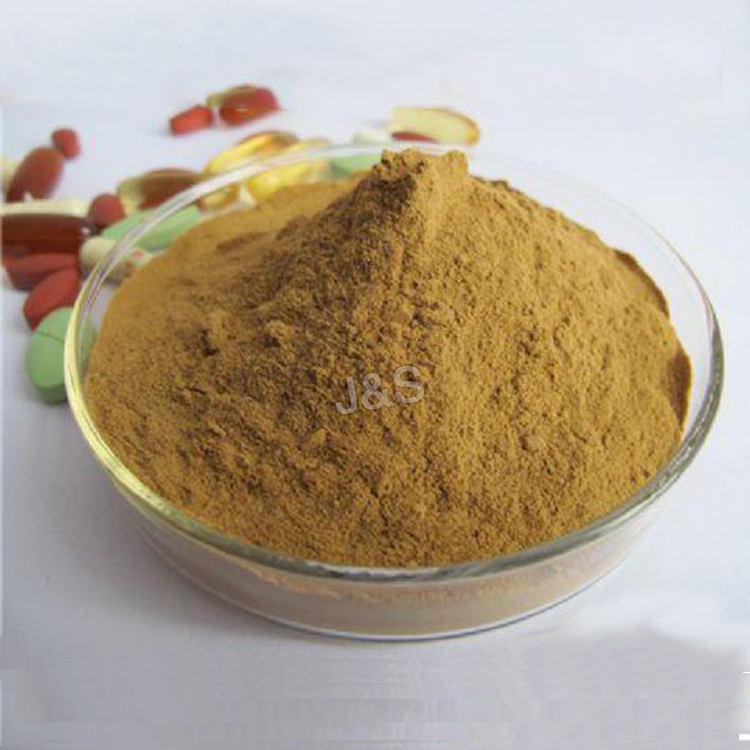Europe style for Propolis block Wholesale to Angola
Europe style for Propolis block Wholesale to Angola Detail:
[Products Name] Propolis block, pure propolis, raw propolis
[Specification] Propolis content 90%,95%
[Gerneral feature]
1. Low antibiotics
2. Low PAHs, can approve to 76/769/EEC/German:LMBG;
3.Organic certified by ECOCERT, according to EOS & NOP organic standard;
4.Pure natural propolis;
5.High content of flavones;
6.Low temperature extracted, retain high activity of all nutritions;

[Packaging]
1. 1kg/aluminum foil bag, 20kgs/carton.
[How to get it]
First, we collect raw propolis from beehives, then extract by low temperature with ethanol. Filter and concentrate, we get the pure propolis block at 90% to 95%.
[Introduction]
Propolis comes from the substance like natural resin, which is collected by the bees from exudates of plants branches and bud the chemical substances of Propolis are found to be various, such as beeswax, resin, incense lipids, aromatic oil, fat-soluble oils, pollen and other organic matter. Studies have shown that the source of propolis resin in material has three types: bees collected plants secreted fluid, secretion in vivo metabolism of bee, and involvement in the process of forming the material.
We can supply Propolis Extract with food-grade and medicine-grade .The raw materiall is came from non-polluting food grade propolis .Propolis extract was made of high-grade propolis. It maintains the propolis effective ingredients during the procedure of extraction under constant low temperature , taking off the useless substances and sterilization.
[Function]
Propolis is a natural product processed by bees mixed with glutinous and its secretion.
Propolis contains more than 20 kinds of useful flavonoids, rich vitamins, enzymes, amino acids and other microelements, etc. Propolis is called “purple gold” owing to its valued nutrients.
Propolis can remove free radical, lower blood sugar and blood fat, soften blood vessels, improve micro-circulation, enhance immunity, anti-bacteria and anti-cancer.
Product detail pictures:
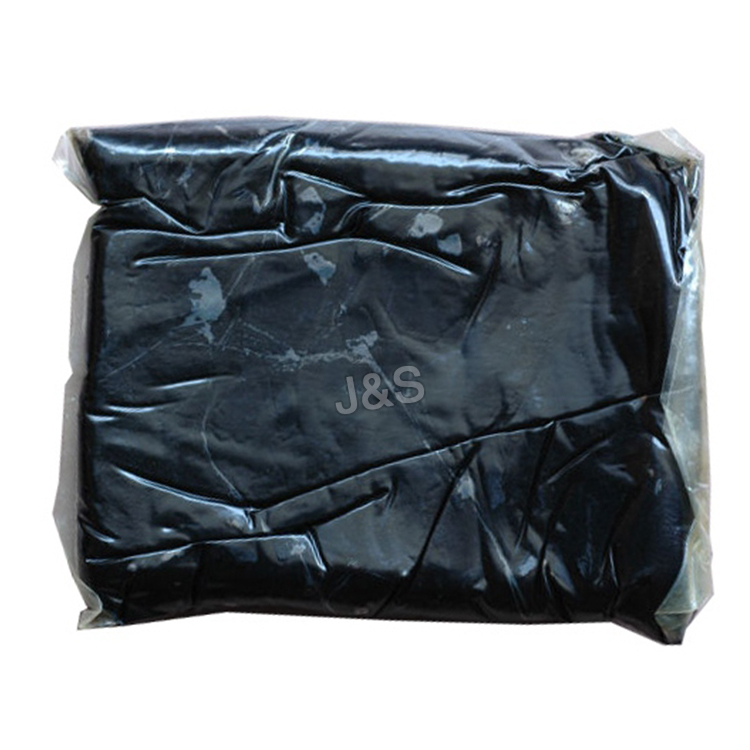
Related Product Guide:
To be a result of ours specialty and repair consciousness, our corporation has won an excellent reputation amongst customers all around the entire world for Europe style for Propolis block Wholesale to Angola , The product will supply to all over the world, such as: Brunei, Naples, Uzbekistan, The credibility is the priority, and the service is the vitality. We promise we have the ability to provide excellent quality and reasonable price products for customers. With us, your safety is guaranteed.
Get Your Own Supply Of VigRX Plus Here: ►https://nutritionnweightloss.com/vigrx_plus/◄
Penis Growth – Natural Male Enhancement Pills – Reviews – Penis Enlargement – YouTube
VigRX Plus is a well-known name in penis enlargement products. Its impressive list of proven medicinal ingredients is second-to-none, including the following powerful herbs:
▪ Bioperine – clinically proven to increase herbal supplement absorption rates
▪ Puncture Vine – used in Europe for thousands of years as a method to treat erectile dysfunction and increase libido
▪ Epimedium Leaf Extract – also known as “Horny Goat Weed” has been used for thousands of years as a libido enhancer
▪ Ginkgo Leaf – Ginkgo Biloba provides nutritional support for mental alertness, enhanced vitality level, circulatory health, and blood vessel health
▪ Asian Red Ginseng – traditionally used to overcome general weakness and deliver extra energy, it also has aphrodisiacal powers for male enhancement
▪ Saw Palmetto Berry – has a long-held a reputation as a sexual stimulant and aphrodisiac
▪ Muira Pauma Bark Extract – used to restore sexual virility and to increase sexual desire and potency in men
▪ Catuaba Bark Extract – the most famous of all the Brazilian aphrodisiac plants used for male sexual health and sexual dysfunction in men
▪ Hawthorn Berry – rich in bioflavoloids, which relax and dilate the arteries; also contains powerful antioxidants that help increase blood flow and oxygen to the heart and other areas of the body
This doctor-approved male enhancement formula has a proven track record and a great refund policy: If you’re not completely satisfied after trying VigRX Plus for 67 days, you don’t pay a penny. Not bad, huh?
A solution like VigRX Plus is an easy, effective way to achieve the male enhancement results you’re looking for – without spending countless hours doing exercises manually or with irritating equipment.
If you want to find out more about VigRX Plus, Visit this link: ►https://nutritionnweightloss.com/vigrx_plus/◄
https://simplenaturalandhomeremedies.blogspot.co.uk/ In this series Dr Agatha Thrash, founder and director of Uchee Pines discusses various home remedies such as garlic, aloe vera, charcoal etc for treatment of diseases and other uses. As she says some home remedies are infact more effective than conventional medicines in the treatment of colds, flu, shingles, poisoning, insect bites etc.
Everywhere I go I ask people for various remedies for diseases, and often somebody tells me a remedy that I’ve never heard of before, and so some of these remedies I’m going to talking with you about today and my assistants will help me to present other remedies some of which I have heard of and some of which I have not.
So today I have some things that most everybody has heard of and knows all about and one is something that you should have somewhere about your equipment. If you do much in the way of hiking in mountainous areas this is a splint for a leg and so you may want to have that in your equipment. Now if you have someone in your home who becomes an invalid then you may want a device such as this is, this little device can help you if you are in bed for a long time. You simply extend the end of it as you can see here and then you can pick up a lot of things it has a good bit of force as you can see it’s putting a good bit of pressure on my finger. So you can pick up things and draw those thing back to you so that when you are lying in bed you don’t have to call somebody every time you want something. I don’t think it would pick up a glass with water in it but it will pick up a lot of things and that can help you a lot.
I have found that something called White Oak Bark can be most helpful for people who have a problem with a lot of tonsillitis and pharyngitis, and laryngitis, to make the tissues less swollen and to make it so they can talk better so White Oak Bark, very good for that.
And then Red Clover is also good, many companies produce this, but the Red Clover is very good for women who have menopausal symptoms, it’s good for people who have menstrual upsets, like prolonged menstrual bleeding, it’s also very good for painful menstruation, and I like that very much.
Then I have here a substance called Nutribiotic and Nutribiotic is a very thick liquid and you can see here that it is quite a thick liquid, it is made from grapefruit seed and about eight drops of this in a quart of water will give you a very bitter water but it’s quite good for a cold or a sore throat and if you are in a position where you really don’t want to come down, you really don’t have time to indulge yourself with a few days in bed nursing such an affliction, then you may want to get something of that nature.
Here is Chaparral another good anti-viral material and I like this very much, I think that the anti-viral properties of it have been under valued and can be very helpful to people, it’s an herb that grows out west and you can get it in tincture or you can make a tea from it, it has also been used in anti- cancer substance.
This company can be well to meet our needs on product quantity and delivery time, so we always choose them when we have procurement requirements.

